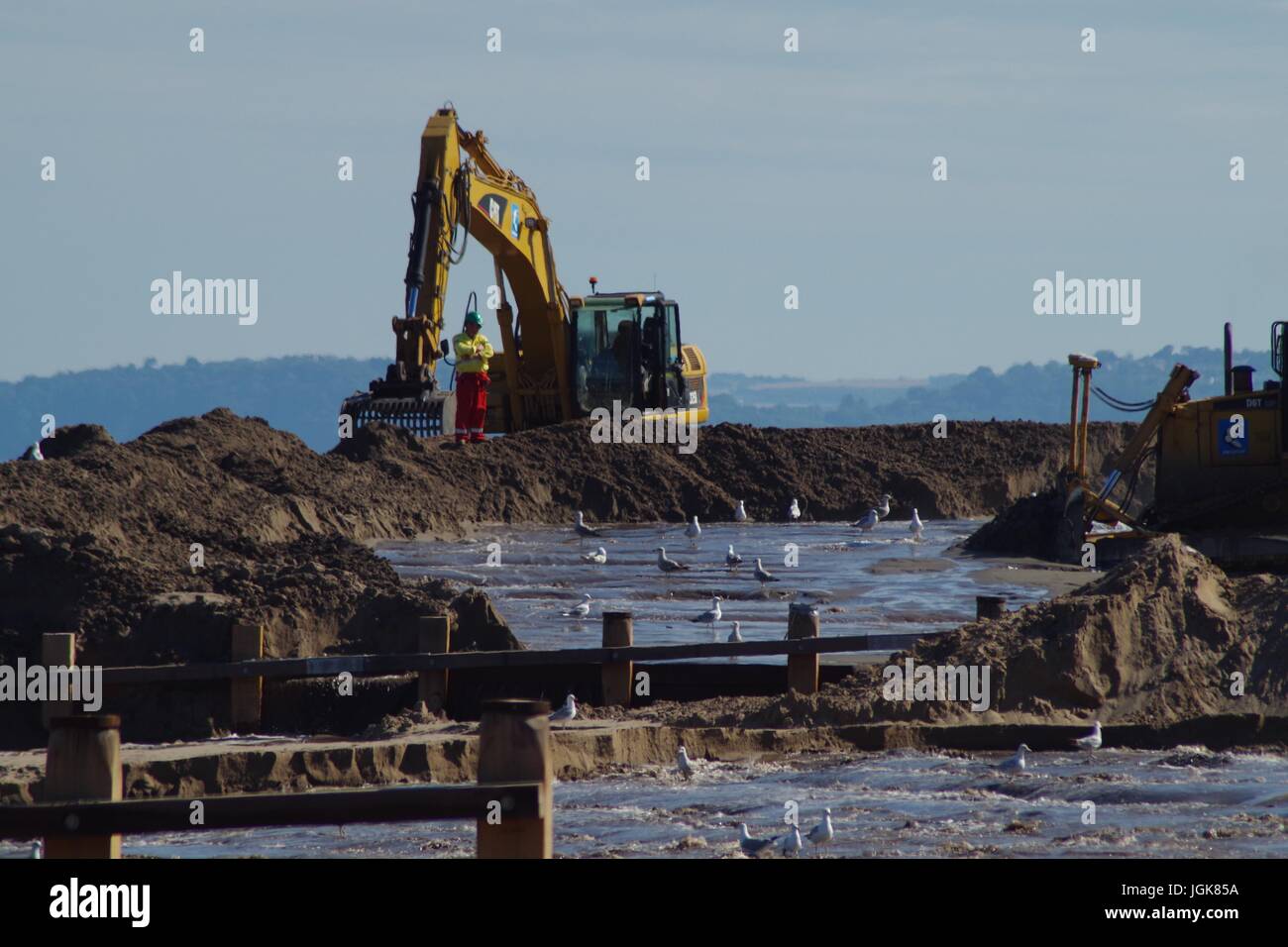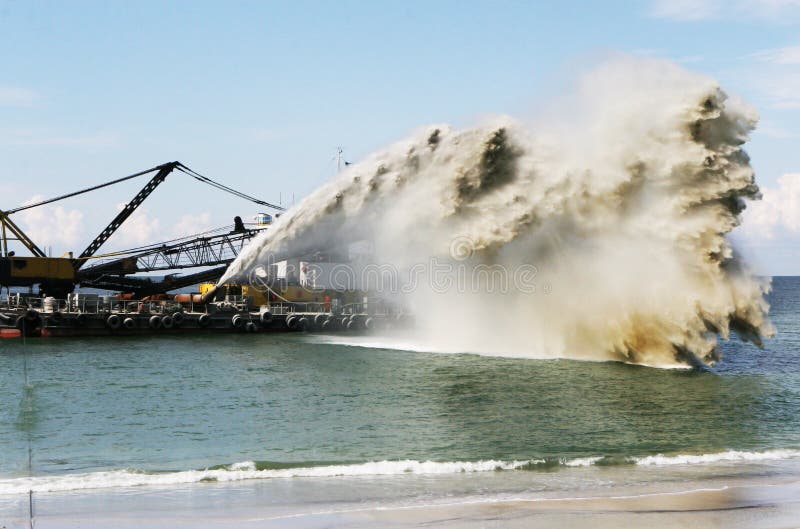


In particular, for example, in order to obtain an Environmental Resource Permit from the State of Florida, an applicant will be required to demonstrate that the proposed activity will (1) not adversely affect public health, safety and welfare of the property of others (2) not adversely affect fish and wildlife (3) not impair navigation or surface water flows (4) not adversely affect nearby fishing or recreational uses and (5) not increase the potential for flooding or discharge of pollutants. Such regulations may affect the location, size, configuration, and manner of construction of such activities as single-family docks, single-family dredge and fill, and shoreline stabilization (e.g., seawalls, bulkheads, and rip-rap). State and local governmental regulations provide specific criteria intended to protect waters and other natural resources which must be met before a permit will be issued. Any activity conducted without a required permit is considered a “public nuisance” and may be required to be removed. Unless expressly exempted from permitting requirements, it is unlawful to conduct an activity, in, on or over surface waters, such as the construction of a dock, without first obtaining the required permit from the appropriate governmental agency. Such activities generally are also regulated by the counties and municipalities within the State. Generally, any activity conducted in, on, or over the surface waters of the State of Florida will require a permit from the Florida Department of Environmental Protection and/or the State Water Management District. Laws and regulations have also been enacted to protect wetlands, seagrasses, mangroves, and endangered species such as manatees and sea turtles. To protect these distinctive natural features for the enjoyment of future generations, the Florida Legislature has enacted laws to regulate activities which may potentially pollute or destroy environmentally sensitive lands and waters.

Ironically, the very features that draw people to Florida are potentially endangered by the increased population pressures. This natural beauty has always been one of Florida’s major attractions for both tourists and residents. Much of Florida’s distinctive character lies in the beauty of its natural features, especially its coastlines.


 0 kommentar(er)
0 kommentar(er)
